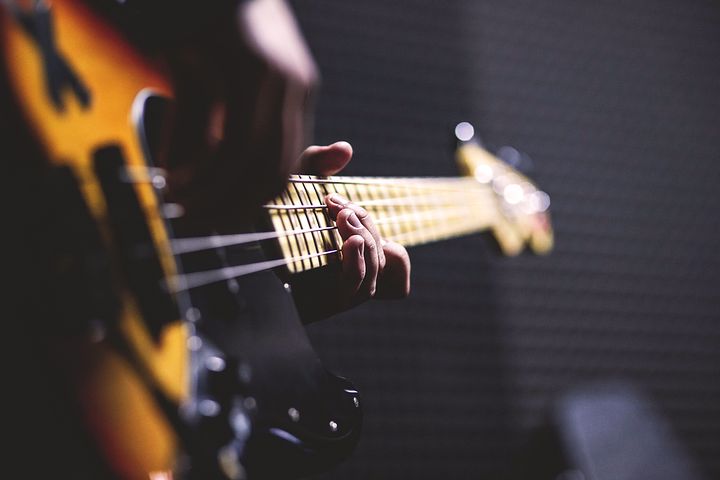As music producers, we know that creating a great groove is crucial to the success of a track. Groove is the combination of rhythm, feel, and timing in a piece of music, and it can make or break a track. A great groove can make a song feel lively and engaging, while a weak groove can make a song feel static and uninteresting. In this blog post, we will explore the importance of groove in music production and offer tips on how to create a sense of swing and feel in your tracks.
The Importance of Groove. Groove is an essential element of many types of music, including genres like hip-hop, funk, R&B, and electronic music. A great groove can make a song feel alive, and it can be the difference between a song that is enjoyed and one that is quickly forgotten. Groove is what makes the listener tap their foot, nod their head, or dance, and it's what connects the listener to the music emotionally. Groove can be created by the drums and bass, but it can also be present in other elements of the song such as the melody and harmonies.
Creating a Great Groove Creating a great groove is not always easy. It requires a combination of rhythm, feel, and timing. Here are a few tips to help you create a great groove:
-
Use a metronome: A metronome is a tool that can help you keep time and create a consistent groove. Use a metronome when you're working on your beats, and make sure your timing is consistent. This will help you to create a steady and reliable groove that listeners can connect to.
-
Experiment with different time signatures: Different time signatures can create different grooves. Experiment with different time signatures and find the one that works best for your track. For example, 4/4 time is a common time signature in popular music and it's easy to find a steady pulse, while 7/8 time can add a sense of syncopation and can be a unique touch to your track.
-
Layer different drum sounds: Layering different drum sounds can add depth and complexity to your groove. Try layering different kick and snare samples, or experiment with different drum machine sounds. This can help you create a more dynamic and interesting groove that stands out. Also try layering different drums from different genre or different eras, this can help you to achieve a unique sound and give you a fresh perspective.
-
Use swing: Swing is the feeling of a slight delay on certain beats, and it can add a sense of syncopation to your groove. Experiment with swing and find the right amount that works for your track. Swing can be achieved by using a swing function in your DAW or by using a midi controller to nudge certain notes slightly ahead or behind the beat.
-
Get inspired: Listen to other music and get inspiration from the grooves you hear. See how different producers create different grooves and try to implement them in your own music. This can give you new ideas and techniques to try out and help you understand how different elements can affect the overall groove.
-
Pay attention to the basslines: The basslines are often the foundation of a great groove. Make sure your basslines complement the drums and the rest of the instruments in your track. Try experimenting with different basslines and see how they affect the overall groove of your track.
-
Focus on the details: Groove isn't only about the drums and the basslines. Pay attention to the details and try to give your groove a sense of movement and momentum. This can be achieved by using syncopated rhythms, using off-beat accents or by using different velocities for your drum hits.
In conclusion, the importance of groove in music production cannot be overstated. A great groove can make a song feel alive and engaging, while a weak groove can make a song feel static and uninteresting. By following the tips outlined in this blog post, you will be well on your way to creating great grooves and taking your music production to the next level. Remember to experiment, listen to other music for inspiration, and most importantly, have fun! Groove is a key part of music that should be constantly refined and improved.

